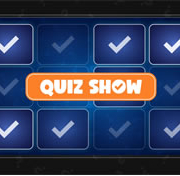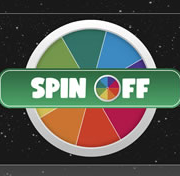Galileo Galilei Facts, Science Game
Who was Galileo Galilei? This game will help children learn key facts about the Italian astronomer, physicist, and engineer, Galileo Galilei. Galileo is largely credited with the advancement of the telescope as a tool for observing and describing the moons of Jupiter, the rings of Saturn, and the phases of Venus. Today, we now use technologies such as the Hubble Space Telescope to peek deeper into space. Much of these developments go back to the pioneering work of Galileo Galilei. Play this game to learn key facts about Galileo.
Galileo Galilei Facts
If you've ever wondered what made Galileo Galilei so extraordinary, then you've come to the right place. Learn about his pendulum clock, his relationship with the Catholic Church, and his inventions. Then, you can make an educated decision about Galileo's life. You can also learn more about the famous astronomer's discoveries. And, for more fun facts, you can also check out our list of fascinating Galileo Galilei Facts.
Galileo Galilei's pendulum clock
The Pendulum Clock, designed by Galileo Galilei in 1642 and partly built by his son Vincenzo in 1649, represents the first known attempt to use the pendulum to control a clock's rate. Galileo had observed that the time a pendulum took to swing one full arc was independent of the amount of time it takes to complete that swing. This ability to control the rate of a clock quickly made it possible for Galileo to time astronomical events using the pendulum.
His discovery of Jupiter's moons
Galileo was not the first to discover Jupiter's moons. Galilean satellites were captured by Juno and Ganymede on their 34th and 35th perijoves. Each of the Jupiter moons is different in terms of size, composition, and orbital inclination. He also discovered irregular satellites, which are much smaller and revolving in reverse motion. These satellites help Jupiter maintain its faint ring system and provide a dazzling array of colors and shapes to observe.
His relationship with the Catholic Church
When the Roman Catholic Church condemned Galileo, he was faced with a dilemma: he had to defend his scientific discoveries, and the Church did not approve. Although the Church was wrong, they eventually decided to pardon Galileo and acquit him of his crimes. However, their relationship with the Church remained strained, and the two sides argued for centuries. Galileo's relationship with the Catholic Church lasted until the end of his life, when Pope John Paul II reexamined the case and pardoned him.
His life
The life of Galileo Galilei began when he was eight years old. His family moved to Florence in 1572. His father, a semi-itinerant court musician, taught him lute playing. His mother was a well-to-do cloth merchant. When Galileo was a boy, he was tutored by monks at Vallombrosa and privately. Although his parents were interested in religion, he eventually dropped out of medical school and devoted himself to studying mathematics. In 1579, he attended a geometry lecture accidentally but decided to study natural philosophy instead.










